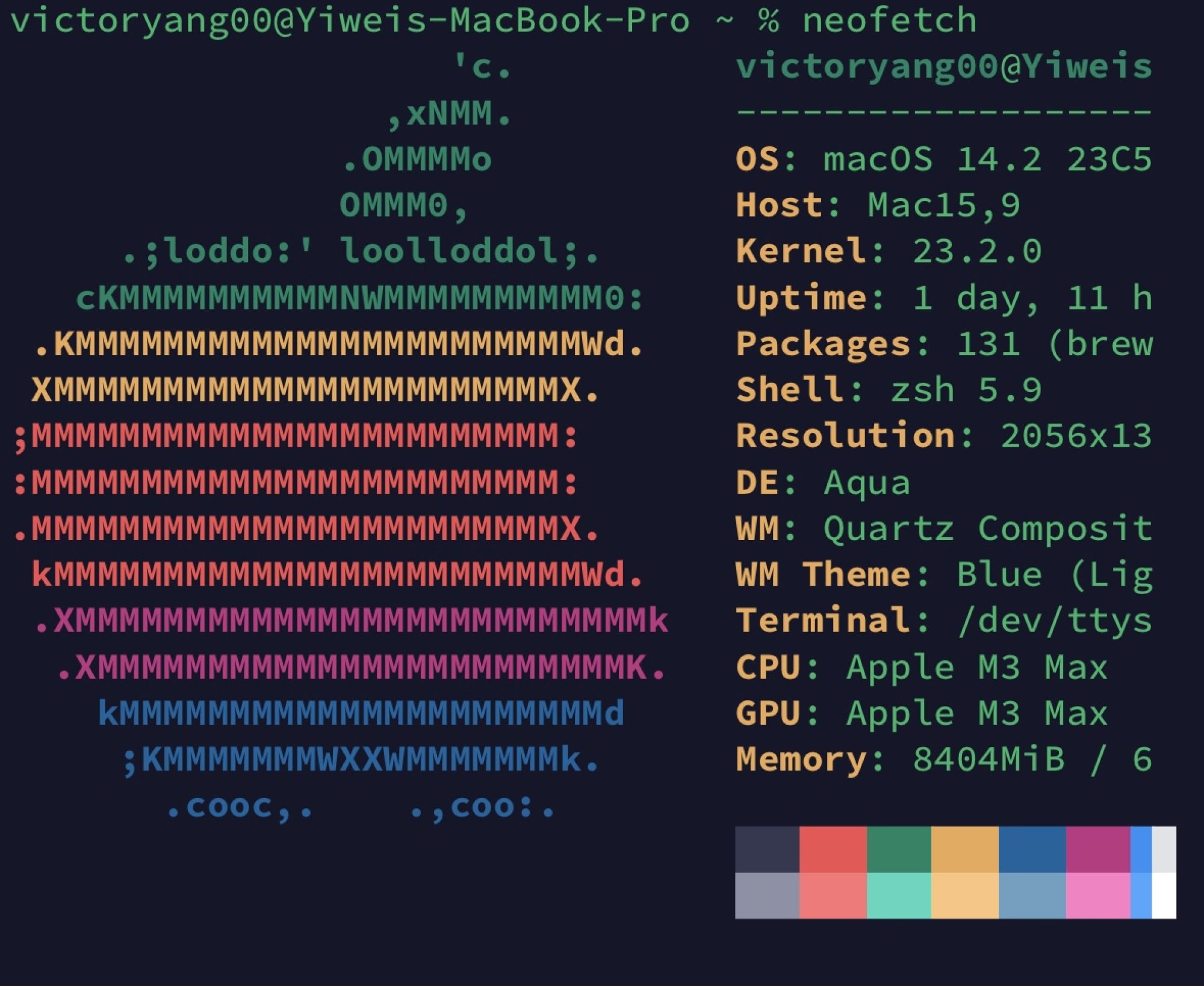In [0]:
## Types of models used
-lightGBM
-Genetic programming
-SVM
Predicting earthquakes has long been thought to be near-impossible. But same has been said about many other things, I still remember how 15 years ago my IT teacher in high school was saying that speech recognition can never be done reliably by a computer, and today it's more reliable than a human. So who knows, maybe this competition will be a major step in solving another "impossible" problem. Importance of predicting earthquakes is hard to underestimate - selected years of our century claimed hundreds of thousands of causalities. Being able to predict earthquakes could allow us to better protect human life and property.
Supervised learning
How was the data generated? Why is this important?
-Show the 1st 2%, then zoom in
-audio quakes right before the earthquake
-Add some features?
-K Folds for Validation
- Types of models used (LightGBM, genetic programming, SVM)
In [4]:
!pip install kaggle
In [3]:
from google.colab import files
uploaded = files.upload()
for fn in uploaded.keys():
print('User uploaded file "{name}" with length {length} bytes'.format(
name=fn, length=len(uploaded[fn])))
# Then move kaggle.json into the folder where the API expects to find it.
!mkdir -p ~/.kaggle/ && mv kaggle.json ~/.kaggle/ && chmod 600 ~/.kaggle/kaggle.json
In [5]:
!kaggle competitions list
In [4]:
!kaggle competitions download -c LANL-Earthquake-Prediction
In [5]:
!unzip train.csv.zip
In [4]:
!ls
In [30]:
import pandas as pd
import numpy as np
!pip install numpy==1.15.0
train_df = pd.read_csv('train.csv', dtype={'acoustic_data': np.int16, 'time_to_failure': np.float64})
#train = pd.read_csv('train.csv', iterator=True, chunksize=150_000, dtype={'acoustic_data': np.int16, 'time_to_failure': np.float64})
In [0]:
##print("Train: rows:{} cols:{}".format(train_df.shape[0], train_df.shape[1]))
def gen_features(X):
strain = []
strain.append(X.mean())
strain.append(X.std())
strain.append(X.min())
strain.append(X.max())
strain.append(X.mad())
strain.append(X.kurtosis())
strain.append(X.skew())
strain.append(np.quantile(X,0.01))
strain.append(np.quantile(X,0.05))
strain.append(np.quantile(X,0.95))
strain.append(np.quantile(X,0.99))
strain.append(np.abs(X).max())
strain.append(np.abs(X).mean())
strain.append(np.abs(X).std())
return pd.Series(strain)
X_train = pd.DataFrame()
y_train = pd.Series()
for df in train:
ch = gen_features(df['acoustic_data'])
X_train = X_train.append(ch, ignore_index=True)
y_train = y_train.append(pd.Series(df['time_to_failure'].values[-1]))
In [4]:
X_train.describe()
Out[4]:
In [0]:
#!pip install catboost
from catboost import CatBoostRegressor, Pool
train_pool = Pool(X_train, y_train)
In [9]:
m = CatBoostRegressor(iterations=10000, loss_function='MAE', boosting_type='Ordered')
m.fit(X_train, y_train, silent=True)
m.best_score_
Out[9]:
In [0]:
from sklearn.preprocessing import StandardScaler
from sklearn.model_selection import GridSearchCV
from sklearn.svm import NuSVR, SVR
scaler = StandardScaler()
scaler.fit(X_train)
X_train_scaled = scaler.transform(X_train)
In [18]:
parameters = [{'gamma': [0.001, 0.005, 0.01, 0.02, 0.05, 0.1],
'C': [0.1, 0.2, 0.25, 0.5, 1, 1.5, 2]}]
#'nu': [0.75, 0.8, 0.85, 0.9, 0.95, 0.97]}]
reg1 = GridSearchCV(SVR(kernel='rbf', tol=0.01), parameters, cv=5, scoring='neg_mean_absolute_error')
reg1.fit(X_train_scaled, y_train.values.flatten())
y_pred1 = reg1.predict(X_train_scaled)
print("Best CV score: {:.4f}".format(reg1.best_score_))
print(reg1.best_params_)
In [20]:
from sklearn.kernel_ridge import KernelRidge
parameters = [{'gamma': np.linspace(0.001, 0.1, 10),
'alpha': [0.005, 0.01, 0.02, 0.05, 0.1]}]
reg2 = GridSearchCV(KernelRidge(kernel='rbf'), parameters, cv=5, scoring='neg_mean_absolute_error')
reg2.fit(X_train_scaled, y_train.values.flatten())
y_pred2 = reg2.predict(X_train_scaled)
print("Best CV score: {:.4f}".format(reg2.best_score_))
print(reg2.best_params_)
In [25]:
import lightgbm as lgb
from tqdm import tqdm_notebook as tqdm
import random
fixed_params = {
'objective': 'regression_l1',
'boosting': 'gbdt',
'verbosity': -1,
'random_seed': 19
}
param_grid = {
'learning_rate': [0.1, 0.08, 0.05, 0.01],
'num_leaves': [32, 46, 52, 58, 68, 72, 80, 92],
'max_depth': [3, 4, 5, 6, 8, 12, 16, -1],
'feature_fraction': [0.8, 0.85, 0.9, 0.95, 1],
'subsample': [0.8, 0.85, 0.9, 0.95, 1],
'lambda_l1': [0, 0.1, 0.2, 0.4, 0.6, 0.9],
'lambda_l2': [0, 0.1, 0.2, 0.4, 0.6, 0.9],
'min_data_in_leaf': [10, 20, 40, 60, 100],
'min_gain_to_split': [0, 0.001, 0.01, 0.1],
}
best_score = 999
dataset = lgb.Dataset(X_train, label=y_train) # no need to scale features
for i in tqdm(range(200)):
params = {k: random.choice(v) for k, v in param_grid.items()}
params.update(fixed_params)
result = lgb.cv(params, dataset, nfold=5, early_stopping_rounds=50,
num_boost_round=20000, stratified=False)
if result['l1-mean'][-1] < best_score:
best_score = result['l1-mean'][-1]
best_params = params
best_nrounds = len(result['l1-mean'])
In [26]:
print("Best mean score: {:.4f}, num rounds: {}".format(best_score, best_nrounds))
print(best_params)
reg3 = lgb.train(best_params, dataset, best_nrounds)
y_pred3 = reg3.predict(X_train)
In [27]:
plt.tight_layout()
f = plt.figure(figsize=(12, 6))
f.add_subplot(1, 3, 1)
plt.scatter(y_train.values.flatten(), y_pred1)
plt.title('SVR', fontsize=16)
plt.xlim(0, 20)
plt.ylim(0, 20)
plt.xlabel('actual', fontsize=12)
plt.ylabel('predicted', fontsize=12)
plt.plot([(0, 0), (20, 20)], [(0, 0), (20, 20)])
f.add_subplot(1, 3, 2)
plt.scatter(y_train.values.flatten(), y_pred2)
plt.title('Kernel Ridge', fontsize=16)
plt.xlim(0, 20)
plt.ylim(0, 20)
plt.xlabel('actual', fontsize=12)
plt.plot([(0, 0), (20, 20)], [(0, 0), (20, 20)])
f.add_subplot(1, 3, 3)
plt.scatter(y_train.values.flatten(), y_pred3)
plt.title('Gradient boosting', fontsize=16)
plt.xlim(0, 20)
plt.ylim(0, 20)
plt.xlabel('actual', fontsize=12)
plt.plot([(0, 0), (20, 20)], [(0, 0), (20, 20)])
plt.show(block=True)
# second plot
plt.figure(figsize=(10, 5))
plt.plot(y_train.values.flatten(), color='blue', label='y_train')
plt.plot(y_pred1, color='orange', label='SVR')
plt.legend()
plt.title('SVR predictions vs actual')
# third plot
plt.figure(figsize=(10, 5))
plt.plot(y_train.values.flatten(), color='blue', label='y_train')
plt.plot(y_pred2, color='gray', label='KernelRidge')
plt.legend()
plt.title('Kernel Ridge predictions vs actual')
# fourth plot
plt.figure(figsize=(10, 5))
plt.plot(y_train.values.flatten(), color='blue', label='y_train')
plt.plot(y_pred3, color='green', label='Gradient boosting')
plt.legend()
plt.title('GBDT predictions vs actual')
Out[27]:
In [21]:
import matplotlib.pyplot as plt
train_ad_sample_df = X_train['acoustic_data'].values[::100]
train_ttf_sample_df = X_train['time_to_failure'].values[::100]
def plot_acc_ttf_data(train_ad_sample_df, train_ttf_sample_df, title="Acoustic data and time to failure: 1% sampled data"):
fig, ax1 = plt.subplots(figsize=(12, 8))
plt.title(title)
plt.plot(train_ad_sample_df, color='r')
ax1.set_ylabel('acoustic data', color='r')
plt.legend(['acoustic data'], loc=(0.01, 0.95))
ax2 = ax1.twinx()
plt.plot(train_ttf_sample_df, color='b')
ax2.set_ylabel('time to failure', color='b')
plt.legend(['time to failure'], loc=(0.01, 0.9))
plt.grid(True)
plot_acc_ttf_data(train_ad_sample_df, train_ttf_sample_df)
del train_ad_sample_df
del train_ttf_sample_df
In [3]:
train_ad_sample_df = train_df['acoustic_data'].values[:6291455]
train_ttf_sample_df = train_df['time_to_failure'].values[:6291455]
plot_acc_ttf_data(train_ad_sample_df, train_ttf_sample_df, title="Acoustic data and time to failure: 1% of data")
del train_ad_sample_df
del train_ttf_sample_df
In [0]:
def gen_features(X):
strain = []
strain.append(X.mean())
strain.append(X.std())
strain.append(X.min())
strain.append(X.max())
strain.append(X.mad())
strain.append(X.kurtosis())
strain.append(X.skew())
strain.append(np.quantile(X,0.01))
strain.append(np.quantile(X,0.05))
strain.append(np.quantile(X,0.95))
strain.append(np.quantile(X,0.99))
strain.append(np.abs(X).max())
strain.append(np.abs(X).mean())
strain.append(np.abs(X).std())
return pd.Series(strain)
In [2]:
= pd.DataFrame()
y_train = pd.Series()
for df in train_df:
ch = gen_features(train_df['acoustic_data'])
X_train = X_train.append(ch, ignore_index=True)
y_train = y_train.append(pd.Series(df['time_to_failure'].values[-1]))

